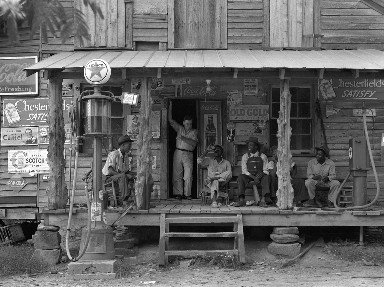Quiz Answer Key and Fun Facts
1. Egypt is probably the most famous ancient civilisation to have existed in Africa, but it is far from being the only one. What is the name of the area south of Ancient Egypt which at one time included the Kingdom of Kush?
2. One of history's most famous military figures was a Carthaginian general (which later became part of Tunisia). What was the name of the general, born in 247 BCE, who fought against the Roman Republic?
3. Slavery had been present in Africa for a long time before Europeans arrived and began to exploit the trade for themselves. Which nation first took African captives to the American continents?
4. The slavery of black Africans began to be abolished in Europe and the Americas from the late 18th century. When did the Abolition of the Slave Trade Act enter the British statute books?
5. Even after slavery had been abolished, parts of Africa remained under threat from European powers attempting to expand their empires. In which part of Africa did the Zulu people fight against a British invasion in 1879?
6. Mary Seacole overcame barriers put up for her because of her race. What job did she do during the Crimean War?
7. The Windrush generation arrived in the UK during the 20th century. Where did the name 'Windrush' come from?
8. What was the name of the American civil rights icon whose arrest sparked a bus boycott in 1955 in Montgomery, Alabama?
9. Who won the Nobel Peace Prize in 1993 for their efforts in bringing a peaceful end to segregation in their country?
10. After black people had been denied voting rights in countries around the world, one man broke new ground when he became the first black 'leader of the free world'. Who became American president in 2009?
Source: Author
AcrylicInk
This quiz was reviewed by FunTrivia editor
bloomsby before going online.
Any errors found in FunTrivia content are routinely corrected through our feedback system.
